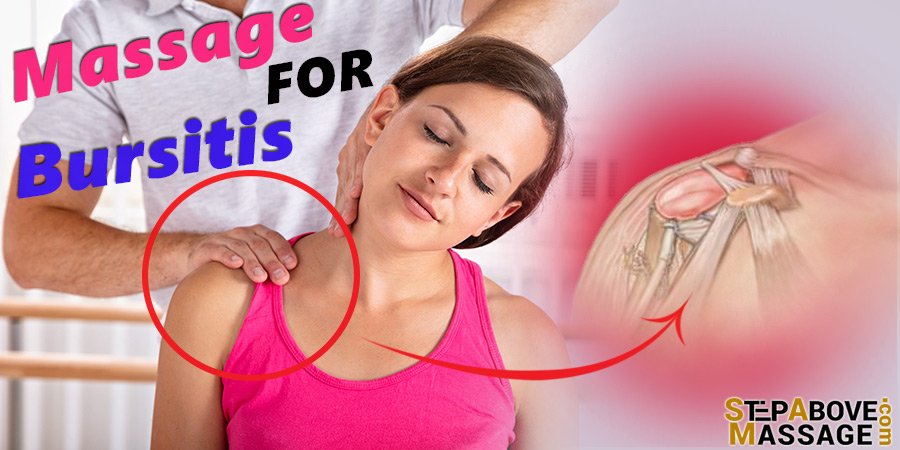Bursitis of the hip joint is a common condition that develops as a result of inflammation of the bursa. The periarticular or synovial bag is an articular sac that prevents friction between the protruding parts of the bones, muscles, and tendons. The bursas are filled with a gel-like fluid and, in fact, act as shock absorbers, which means they provide natural smooth movements in the hip joint. Three bursas of the hip joint surround this large joint on all sides.
The inflammatory process can develop in any of them. Since the hip joint has the greatest load, it is in it that various pathological processes, including bursitis, most often develop. Bursitis should be treated in the early stages until muscles and bones are affected, and this implies a timely visit to a doctor and strict adherence to the specialist’s prescriptions. In addition, this is one of those pathologies, the diagnosis of which is not complicated even at the earliest stages of development.
Bursitis of the hip joint most often occurs against the background of increased stress on the joints due to obesity. Age-related changes in tissues also play an important role in the development of bursitis, therefore, elderly people should be especially careful about their health. The predisposing factors that provoke bursitis of the hip joint are Spine diseases such as lumbar arthritis, scoliosis. Different lengths of the lower extremities, when one is shorter than the other by 2 or more cm. In this case, a gait disorder is formed and irritation of the periarticular trochanteric bag which occurs because of:
- Injuries and micro traumas that occur during falls
- prolonged stay in the same position
- History of hip surgery
- Hip joint prostheses
- Rheumatoid arthritis
- Bone spurs and calcification in tendons.
Symptoms
Symptoms of bursitis of the hip joint form a typical clinical picture and allow the doctor to immediately suspect bursitis when the patient presents with the following complaints:
- Acute, sometimes burning and very intense pain, localized in the area of the outer thigh. Over time, pain symptoms dull, but pain may radiate to other areas of the thigh
- Increased pain syndrome during the usual load: when flexing and extending the hip, as well as after prolonged sitting on a hard surface
- A significant increase in pain when walking and climbing stairs, which is characteristic of inflammation of trochanteric bursitis
- Swelling in the area of inflammation.
Treatment of bursitis of the hip joint
Treatment of bursitis is characterized by an integrated approach and is subdivided into medication and non-medication. The diagnosis of bursitis at a late stage can only result in surgical treatment.
For non-medication treatment, massage therapy is the best option but it’s important to not apply massage right over the bursa cause this will make the pain worse and avoid deep tissue massage. However, soft tissue massage can be done to other areas of the body to address imbalances. This type of massage is going to focus on connective tissue such as tendons, fascia, and ligaments. It can help to decrease any hip pain, aches, and injuries that are related to soft tissue. Massage is suggested to these clients because it will:
Reduce Pain and Swelling
If your hip bursitis is a result of repetitive activities, your massage therapist will advise you on avoiding or modifying your activities in order to allow healing to begin. Your massage therapist may apply different types of techniques or treatments to reduce and control your swelling and pain. This might include heat, ice, electrical stimulation, some exercises, taping, and hands-on massage therapy.
Improve Motion
Your massage therapist will choose proper treatments and activities to help you have normal movement in the hip and leg area. This process might start with more “passive” motions that the massage therapist performs for you to enable you to move your hip joint, and gently progress to active exercises and stretches that you can do yourself.
Improve Flexibility
Your massage therapist will determine if any specific area of your leg or spinal muscles are tight. If they notice any stiffness, they will help you to stretch them and teach you how to stretch them yourself without feeling any pain.
Improve Strength
Hip bursitis often results from weak or injured hip muscles. Certain exercises will speed up the healing process at each stage of recovery. your massage therapist will choose the correct exercises and teach you how to do them. They will also teach you how to use equipment to steadily restore your strength and agility. These types of equipment can be weight-lifting equipment, stretch bands, using cuff weights, and cardio-exercise equipment such as treadmills or stationary bicycles.
Improve Balance
gaining back your sense of balance is an important factor after an injury. Your massage therapist will teach you some exercises to improve your balance skills.
Traditional methods of treatment
A number of patients practice therapy with folk remedies. Doctors, however, recommend not to give up the main treatment and treat the “grandmother’s” methods as additional methods to cure bursitis.
Effective folk remedies for the treatment of bursitis are:
- warm compresses based on a decoction of medicinal plants: St. John’s wort, yarrow, burdock, chamomile
- a compress of heated linseed seeds on the joint area
- tinctures of honey and vinegar: 1 tablespoon of honey and 1 teaspoon of apple cider vinegar are diluted in a glass of hot water, and this mixture is taken every day
- applying cold to the sore joint, such as a bottle of chilled water wrapped in a thin towel
Treatment of bursitis of the hip joint at home should be agreed with the treating specialist.
Prevention
Like any other disease, hip bursitis is easier to prevent than to try to cure at the stage when the symptoms are deprived of normal functioning.
The main preventive measures:
- avoid active physical activity with an emphasis on the hips
- monitor weight and strive for its physiological norm
- use special orthopedic shoes and insoles if necessary
- stick to an active lifestyle that helps maintain the elasticity and tone of the thigh muscles
Is massage safe for bursitis
In general, massage can be unsafe for patients with bursitis. In some cases, it can be helpful with careful consideration. The first thing you need to consider when you want to apply massage for hip bursitis is that your massage therapist should be very experienced, having a medical massage license, having experience with clients with bursitis, having a short massage session, and very light pressure Massage with these clients handles delicately, knowledgable, and carefully.
In this article, we compare the safety level of Swedish massage, deep tissue massage, stretching, and heat therapy. Readers need to consider this information is general information, for making sure how safe massage can be for clients suffering from hip bursitis










